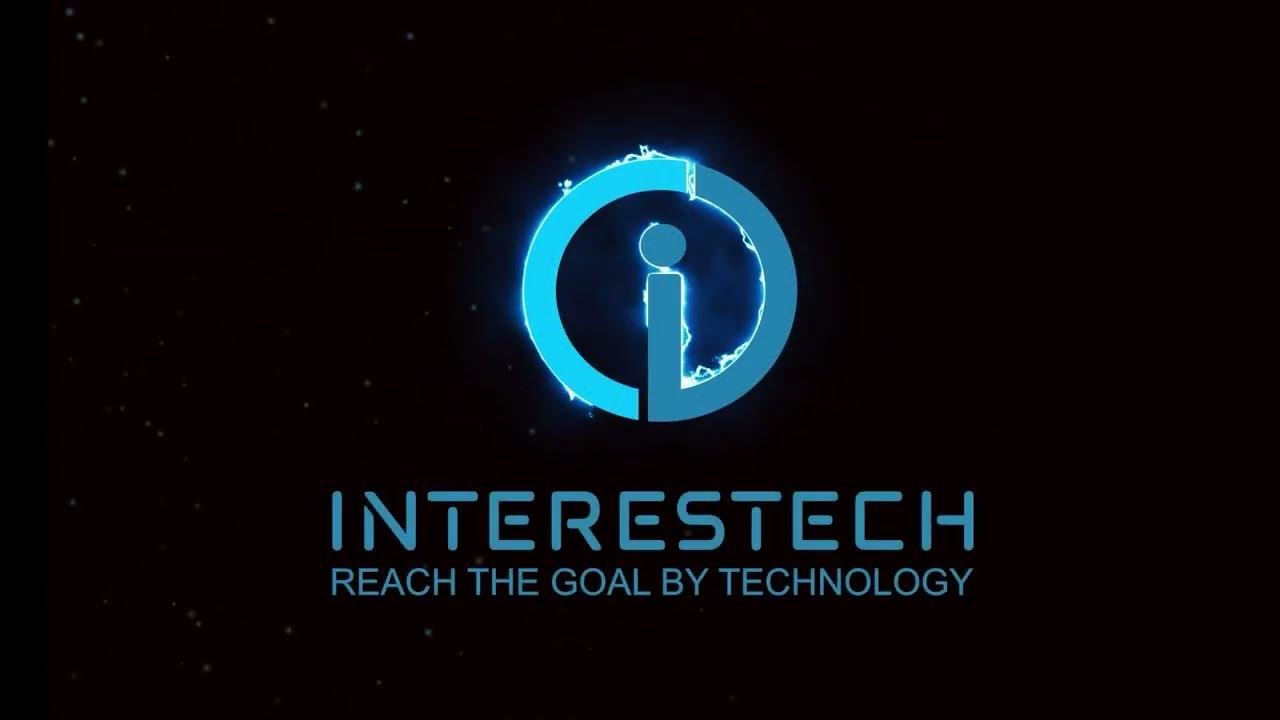What is an Actuator?
Summary
TLDRThis video provides a comprehensive introduction to actuators, essential devices that convert energy into motion. It explores the two main types of movement—linear and rotary—and outlines the three primary energy sources: electric, hydraulic, and pneumatic. Through practical examples, such as a pneumatic actuator controlled by a PLC, viewers gain insight into how these components function in industrial settings. The video encourages viewers to engage with additional resources on the RealPars platform for further learning about automation technology.
Takeaways
- 😀 An actuator is a device that enables movement or operation of various mechanisms.
- 😀 Actuators are encountered daily, from automatic doors to adjustable car seats.
- 😀 There are two main types of actuator movement: linear (straight line) and rotary (circular).
- 😀 Actuators convert a source of energy into physical-mechanical motion.
- 😀 Common energy sources for actuators include electric, hydraulic, and pneumatic systems.
- 😀 Electric actuators utilize electric energy for operation.
- 😀 Hydraulic actuators function using liquids as a power source.
- 😀 Pneumatic actuators are powered by compressed air.
- 😀 Typical industry actuators include pneumatic control valves, electric motors, and hydraulic motors.
- 😀 The script discusses a practical example of a pneumatic actuator controlled by a PLC system.
Q & A
What is the primary purpose of an actuator?
-The primary purpose of an actuator is to make something move or operate.
What are the two types of motion that actuators can achieve?
-Actuators can achieve linear motion (moving in a straight line) and rotary motion (moving in a circular motion).
How does an actuator convert energy into motion?
-An actuator receives a source of energy and converts it into physical-mechanical motion to move something.
What are the three typical sources of energy for actuators?
-The three typical sources of energy for actuators are electric energy, hydraulic liquids, and compressed air (pneumatic).
Can you name some typical actuators used in industry?
-Typical actuators in the industry include electric motors, hydraulic motors, and pneumatic control valves.
What role does a PLC play in operating a pneumatic actuator?
-A PLC (Programmable Logic Controller) generates a 4 to 20 mA current that moves the valve from fully open to fully closed, which is converted to pneumatic pressure to operate the actuator.
How do electric actuators function?
-Electric actuators use electric energy to operate and move mechanisms in various applications.
What is a hydraulic actuator and how does it work?
-A hydraulic actuator uses liquids as a source of energy to create motion, typically utilizing hydraulic pressure to move components.
What advantages do pneumatic actuators offer?
-Pneumatic actuators are fast and can provide high force with relatively simple designs, often used in applications where rapid movement is required.
Where can viewers find more information on actuators and related topics?
-Viewers can find more information on actuators and related topics by visiting RealPars.com and downloading the RealPars app.
Outlines

هذا القسم متوفر فقط للمشتركين. يرجى الترقية للوصول إلى هذه الميزة.
قم بالترقية الآنMindmap

هذا القسم متوفر فقط للمشتركين. يرجى الترقية للوصول إلى هذه الميزة.
قم بالترقية الآنKeywords

هذا القسم متوفر فقط للمشتركين. يرجى الترقية للوصول إلى هذه الميزة.
قم بالترقية الآنHighlights

هذا القسم متوفر فقط للمشتركين. يرجى الترقية للوصول إلى هذه الميزة.
قم بالترقية الآنTranscripts

هذا القسم متوفر فقط للمشتركين. يرجى الترقية للوصول إلى هذه الميزة.
قم بالترقية الآنتصفح المزيد من مقاطع الفيديو ذات الصلة

What are the different types of Actuators - Hydraulic, Rotary, and Electric Linear Actuators

Pertemuan 3 : Sensor dan Aktuator

Hydraulic Training Series - Chapter 3 - Actuators

#2 Komponen dan Alat Pendukung IoT 1 (Komponen Dasar Elektronika, Sensor dan Aktuator)

Difference between Sensor and Actuator

IGCSE Computer Science 2023-25 - Topic 3: HARDWARE (5) - OUTPUT DEVICES
5.0 / 5 (0 votes)
